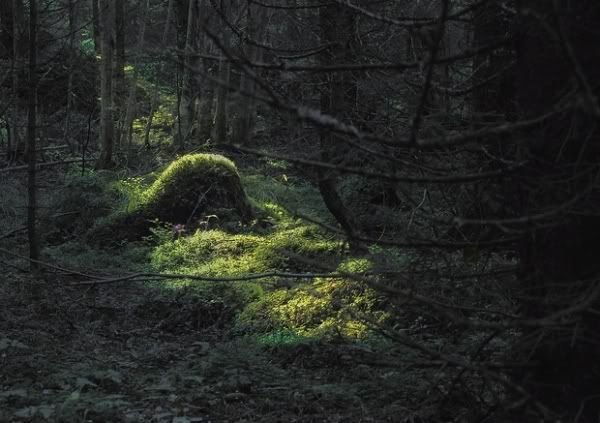In the last Ice Age it was thought that all of the existing vegetation at the time of the massive ice sheets had been wiped out by the freezing temperatures and excessive pressure caused by the sheets themselves. But scientists have shown that some vegetation did survive in Scandinavia, which challenges this long-held scientific “truth”.
Originally, modern Scandinavian trees were thought to have arrived when some of the southern species of tree migrated north after the ice age, which was about 9,000 years ago. However, research published in the Science Mag science journal has shown that some conifers survived the ice age by existing on large peaks above the ice or on islands and on the coast.

Professor Eske Willerslev of the Centre for GeoGenetics at the University of Copenhagen reported that the species survived in small pockets which the ice couldn’t touch, before spreading outwards after the ice melted. But how did they survive in the ice, how did they find the room and shelter needed to stay alive amongst the fraught surroundings?
The answer is nunataks. Nunataks are common in glacial regions and pop out of the ice like a tiny island. They don’t have any ice or snow within its structure, or on the edges of it, which makes them the perfect place for a plant to grow and survive.
To find these results, the researchers used the DNA of two types of modern plant and the composition of the plants in the sediments of lake-core samples; yes, this is incredibly complicated. But to explain it in English, they compared the DNA of the old and the DNA of the new to see how much they matched up. If they were the same, or incredibly similar, then that means they are probably the same species.
However, the only issue with this theory is that modern nunataks in Greenland don’t have any plants growing on them, so how could this have happened in the age of ice? Of course, this doesn’t attack the fact that they have discovered that certain species around today may have existed before the Ice Age, but it does attack their theory as to why.
On a side note, this is why we have to love science because something which has stood as fact for so long has now been challenged. It sure as hell beats other fields of study where most things tend to stay the same all the time.
What do you think about these new findings, and how do you think these plants survived the Ice Age?
